
What are magnitudes (in astronomy) ?
In astronomy, many terms are used to define the luminosity of celestial objects in the night sky. The Moon is the brightest object of the night sky followed by the international space station, which became brighter than Venus in 2009 when its solar panels were deployed. The apparent magnitude makes it possible to measure more precisely the luminous intensity of celestial objects. The scale of magnitudes in astronomy, however, is not easy to understand.

How to measure magnitudes in astronomy ?
The lower the magnitude, the higher the apparent brightness. In addition, a difference of 5 on the scale of magnitudes corresponds in luminous intensity to a ratio of 100.

The magnitude of the Sun, for example, is about -26.7, while the magnitude of the Moon is -12.9 during a full Moon night. Venus, the brightest planet in the night sky, has a magnitude of -4.6 when it is most visible.
Most of the brightest stellar objects in the night sky have an apparent light intensity similar to Vega, whose magnitude is 0. The magnitude of Sirius, the brightest star observed from Earth, is -1.4 .
Why the magnitude scale is useful for astronomers ?
It can be used to define the type of equipment which you will need to observe some celestial objects. If you have good eyes, you will be able to spot stars with a magnitude as low as +6 and can see about 8500 of them.
On the other hand, to observe objects whose magnitude is between +6 and +8, such as Neptune or some nebulae and other bright objects of the deep sky, you will need binoculars. Beyond, you will need a telescope. Some telescopes can observe objects with a magnitude of +11.
Magnitude of the celesial objects, from the brightest to the less bright
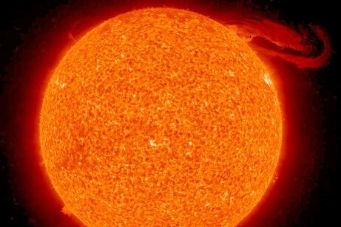
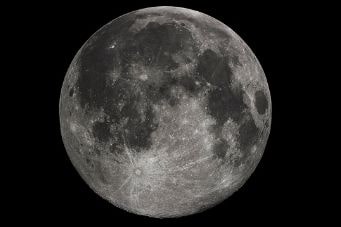
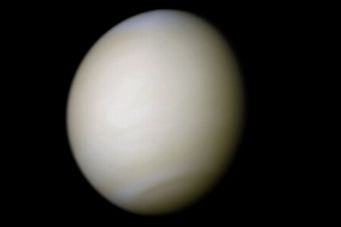
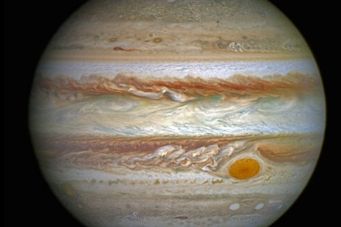
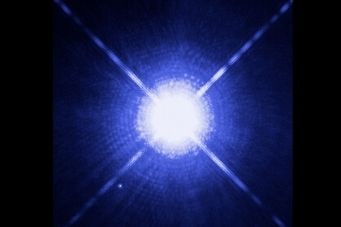
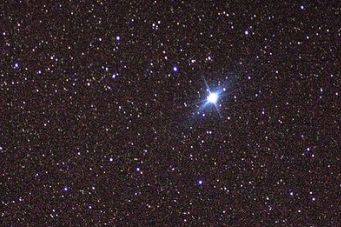
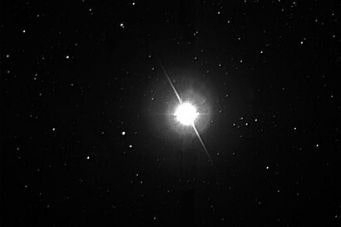
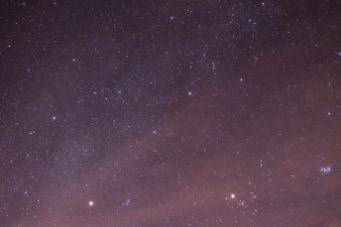
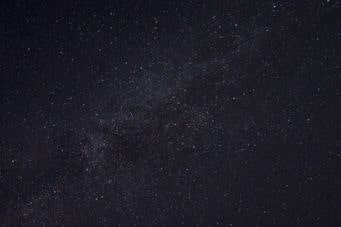

Images Credits
- Night sky, Nebulae and Deep sky objects : Pexels.com
- Magnitude scale : HakunamentaMathsIsFun at en.wikipedia [CC0]
- Sun : NASA [Public domain]
- Moon : Gregory H. Revera [CC BY-SA 3.0 (https://creativecommons.org/licenses/by-sa/3.0)]
- Venus : Image processing by R. Nunes http://www.astrosurf.com/nunes [Public domain]
- Jupiter : NASA, ESA, J. Nichols (University of Leicester)
- Sirius : NASA, ESA, H. Bond (STScI), and M. Barstow (University of Leicester) [CC BY 3.0 (https://creativecommons.org/licenses/by/3.0)]
- Canopus : NASA [Public domain]
- Altaïr : NASA/JPL/Caltech/Steve Golden [Public domain]